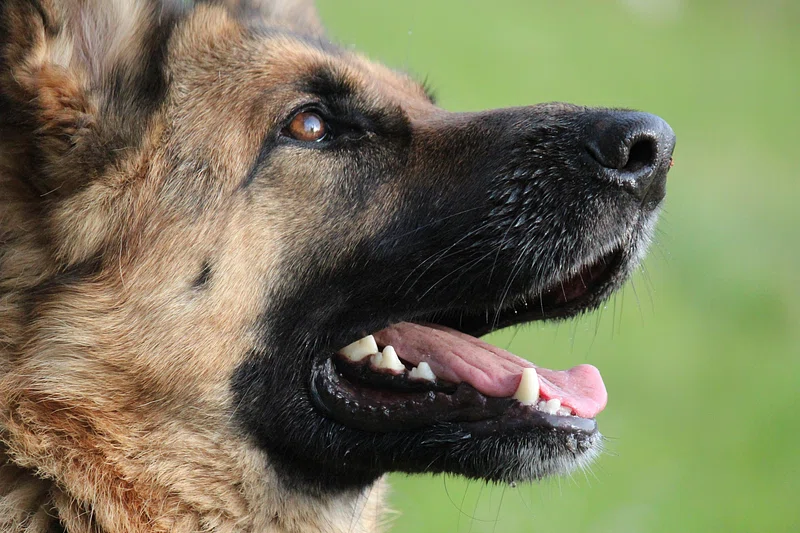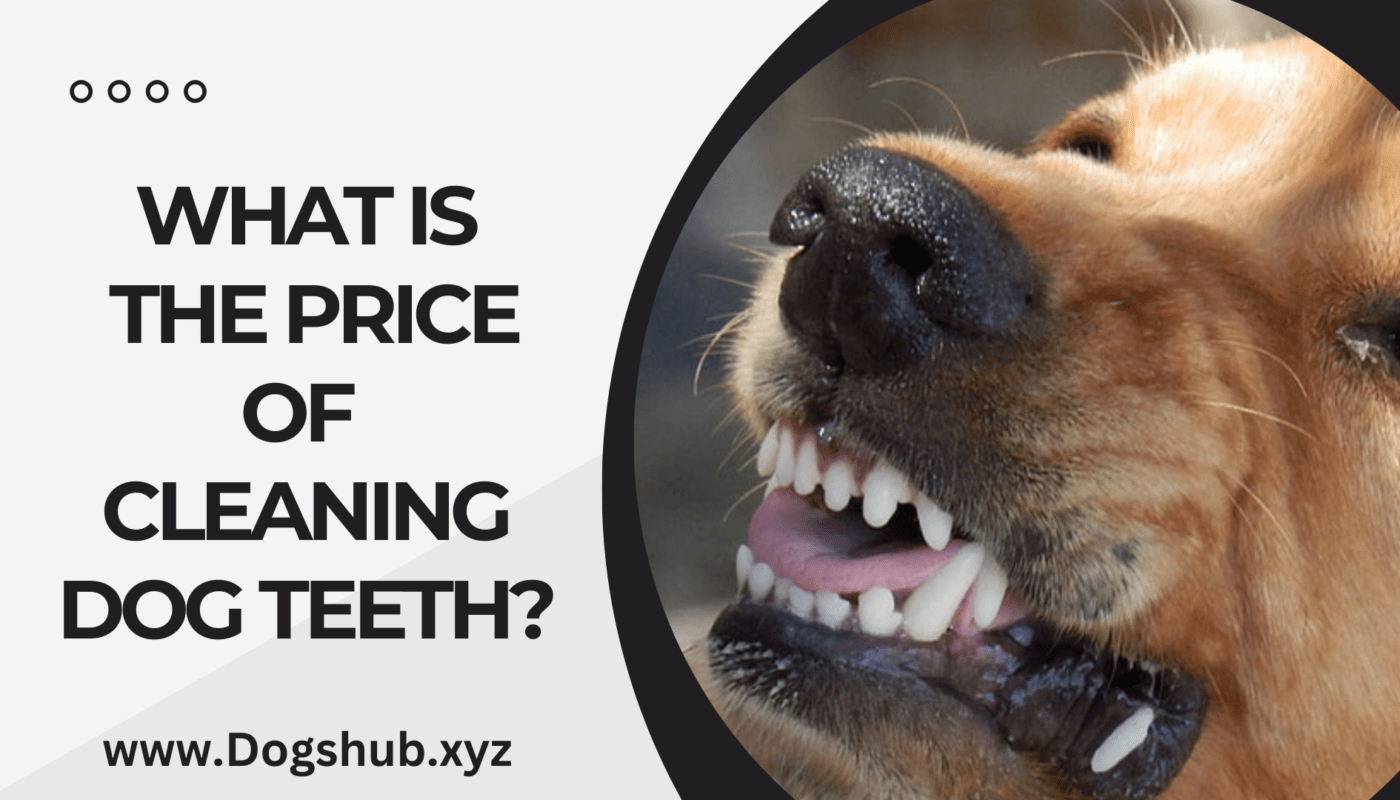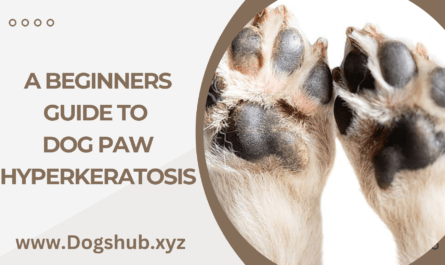What Is the Price of Cleaning Dog Teeth? It is commonplace to hear “doggy breath,” but the smell may actually indicate a symptom of a disease. Dogs with bad breath suffer due to an rise in bacteria that release foul-smelling substances that may cause gum damage. Gums may become inflamed when gingivitis progresses, ultimately giving rise to dental diseases.
However, there’s some good news it is that gingivitis can be stopped and can be reverse. The excellent option to stop tooth decay is to have the teeth of your pet regularly checked and cleaned by your vet. The cleaning eliminates plaque and tartar both above the gumline and beneath. It also treats gum disease and providing your pet with a the most pleasant-smelling mouth.
What you need to learn about the amount dental cleaning for dogs costs, and the reasons why dental care for dogs is vital.
How Much Is Dog Teeth Cleaning?
The price of an oral procedure is different across the nation and is contingent on the service offer(for instance, extraction of teeth boost costs for the cleaning) as well as the person who provides the services (a general dental practitioner or a vet dentist).
General practitioner vets as well as Board-Certified Dental Dentists (DAVDC) are able to deliver top-quality dentistry services. Dental dentists who are part of the American Veterinary Dental College are doctors who completed a lengthy residency that included full-time instruction in dental hygiene as well as pain management, x-ray as well as CT interpretation as well as anesthesia. They are able to favor the perfect treatment.
Cleanings for teeth with general dentists are price between 250-900 dollars. Which could also or might not be inclusive of extractions. Dental hygienists who are veterinary typically charge more depending on their techniques, their equipment, as well as anesthesia. The typical procedure that includes examinations, x-rays and cleanings ranges from between $800 and $1300. Extractions, blockages and medications, as well as advanced imaging like CTs as well as root canals are likely to improve cost.
There is a possibility to consult or get referred to a vet dentist. if your dog is suffering from problems with his health, requires an extraction. The removal of cancer, suffers from an illness that is less common or is suffering from high-risk anesthesia requirements.
What’s Included in a Dog Teeth Cleaning?

Cleaning the teeth of dogs usually includes:
- Anesthesia Dogs are properly placed under anesthesia by the use of sedation, and a tracheal breathing tube is set. Anesthesia is a safe way to keep water out of the airway. It it isn’t painful or stressful and permits a an entire exam as well as treatment.
- oral exam: A tooth-by-tooth exam takes place, and involves measuring the mouth pocket to assess the condition of the periodontal pocket; examining for broken teeth, cavities as well as loose teeth also assessing the other dental teeth and structures.
- Scaling and polishing Scaling eliminates plaque and tartar both above as well below gumline. It follows by polishing the teeth’s surface.
- Dental xrays: Dental x-rays reveal the roots of the tooth, the tissues and bone surrounding the roots as well as the pulp canal in the tooth and jaw bones.
Sometimes dental x-rays are optional. But, they’re essential to evaluate the condition of your teeth since they could reveal to your dentist any tooth loss, decayed teeth or oral cancers, infection and cysts. The taking of x-rays both before and after extractions of the teeth is a standard treatment. The amount of time that it takes to the anesthesia process is not significant when compared with the benefits it offers.
Additional Costs
In the lead-up to anesthesia the veterinarian will conduct an examination of your blood of your pet’s blood to check the internal organs’ function, the red and white blood cells, as well as platelet count. The cost could or might not be part of the procedure, and it ranges between $75 to $200.
If the teeth are infect and unable to be save, and they are cause of irritation or pain for the pet. They’ll be extracte for an additional price (which may be as high as $400 for each tooth). The extra cost of tooth extraction will depend on the size of tooth and type. The kind of extraction required and the amount of teeth to be extracte, as well as the time required for surgery.
How Often Do Dogs Need Their Teeth Cleaned?
The American Animal Hospital Association (AAHA) advises that dogs’ first dental check-up should occur between 1-2 years for medium-sized and small dogs, and a minimum of 2 years for larger dogs.
Small dogs should have a check-up each year. The small mouths of dogs are susceptible to gingivitis as well as dental illness due to the fact that they are crowded (dogs have 42 teeth inside their tiny mouths!). Brachycephalic canines (flat-face breeds, such as Pugs, French Bulldogs, and Boston Terriers) are also at risk of more serious diseases because of their unusual bites as well as their crowded teeth. Greater breeds can typically go 1.5-2 years between their cleanings, however, they must be examined for dental issues during their annual checkups.
A sign that your dog requires cleaning skillful Cleaning include:
- Bad breath
- The gums may be red, bleeding or swelling of gums
- Finding it difficult to pick the food you want
- Disposing of food when eating
- Unstable teeth
Does Pet Insurance Cover Dog Teeth Cleaning Costs?
There are not all insurance plans for pets that can cover dental expenses. If your pet has been identified with dental issues before obtaining the policy, treatment may be denied due to an existing condition. Extractions and root canals could be different according to the policy. Make sure you know the policy before you schedule an appointment for a dental treatment, since the majority of policies don’t reimburse pet owners until following the treatment.
How to preserve Money on Your Dog’s Teeth Cleaning
1. Schedule Cleanings Early
Beginning dental care at a young age is an investment that will last for a long time in terms of financial and dental health. It’s more secure (and more affordable) over the long term to get several dental appointments than undergo a costly procedure for older animals that require intensive treatment. Do not be afraid to inquire with your vet at the time of their annual exam to determine when your pet’s exam is due. Also, if your pet needs annually bloodwork examined, it is best to have their dental check-up during the same month so that you save the extra expense for a blood test.
2. Start At-Home Preventative Care
It is possible to extend the interval between dental visits (and reduce costs!) by cleaning your pet’s teeth. If your dog isn’t a fan of brushing their teeth, there are solutions including dental diets chews, sprays and other water-based additives that could benefit maintain their teeth and well-maintained.
3. Find the Right Pet Insurance Strategy
If you’re shopping for pet insurance, figure out what the dental insurance is, or whether it can be included as a pre-existing issue with an animal that is older. All policies offer distinct benefits.
There are some veterinarians who offer discounts during February to celebrate Pet Dental Health Month or add cleanings to annual health plans. The veterinarian you choose to consult may offer the financing of third parties as well.
4. Do NOT Go Anesthesia-Free
Anesthetic-free or “awake” dental cleanings do not cure dental diseases and aren’t safe for animals. They may be less expensive, however they will not eliminate tartar or plaque below the gumline. They also don’t cure disease and are difficult for your pet. It is important to note that the AAHA and AVDC are not recommending or approve of these procedures as well as the appeal that comes with lower costs will end up costing you and your pet both in the end.




